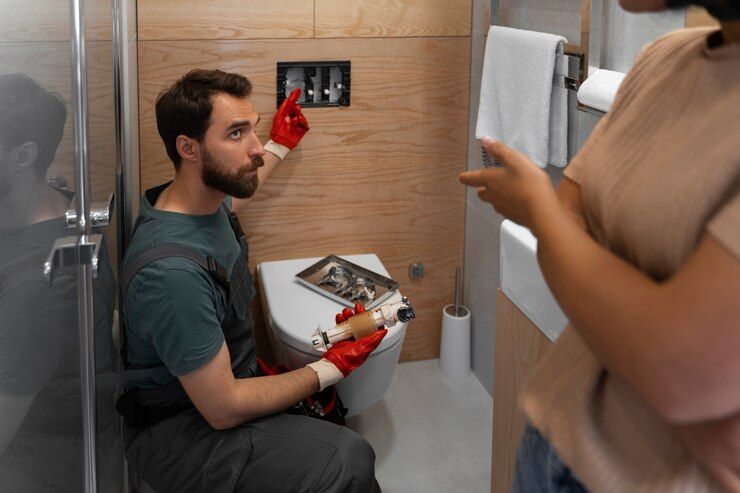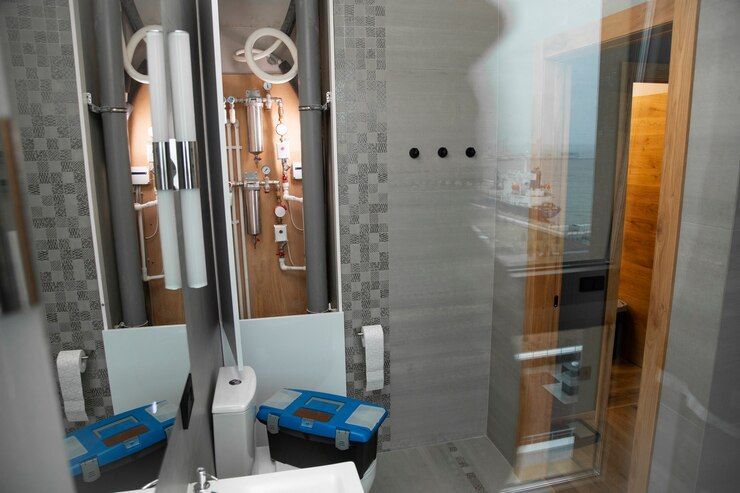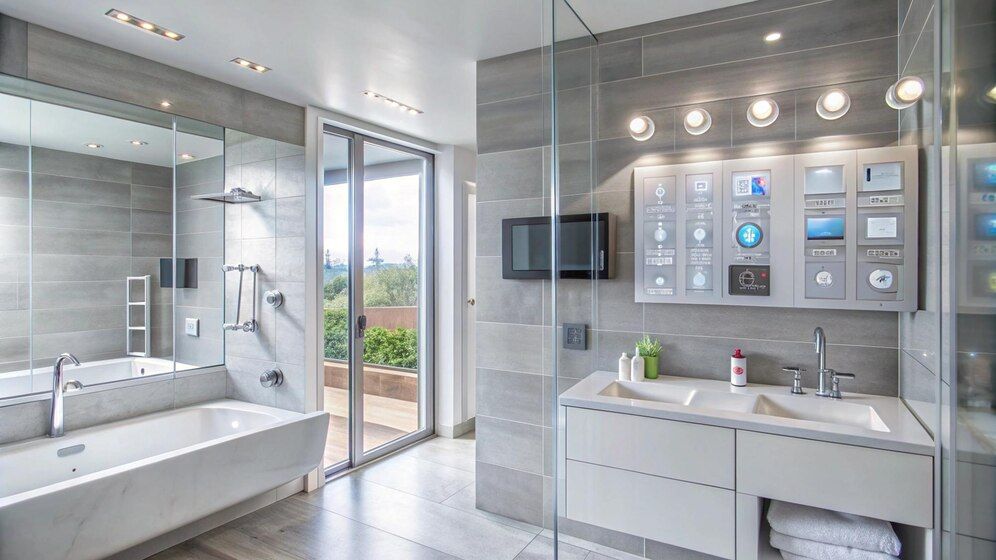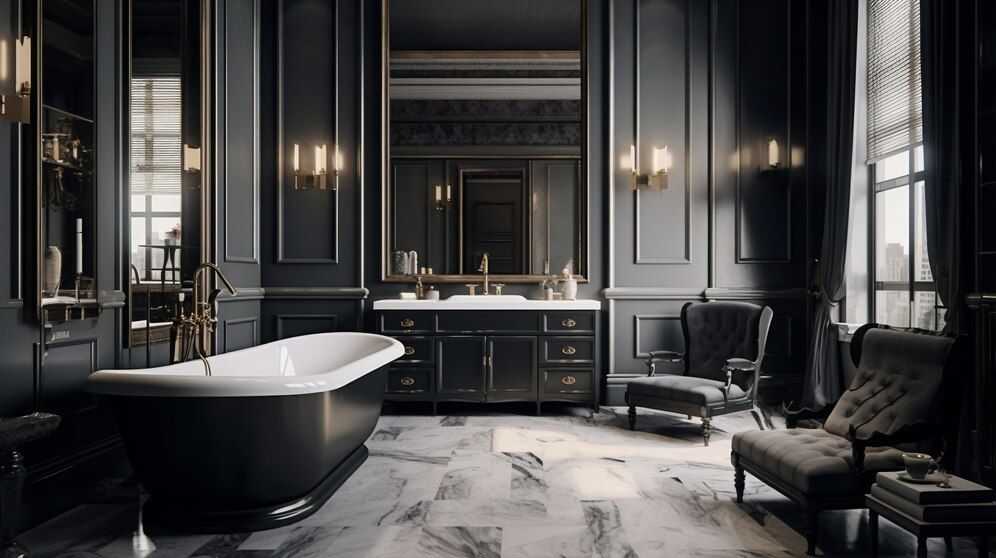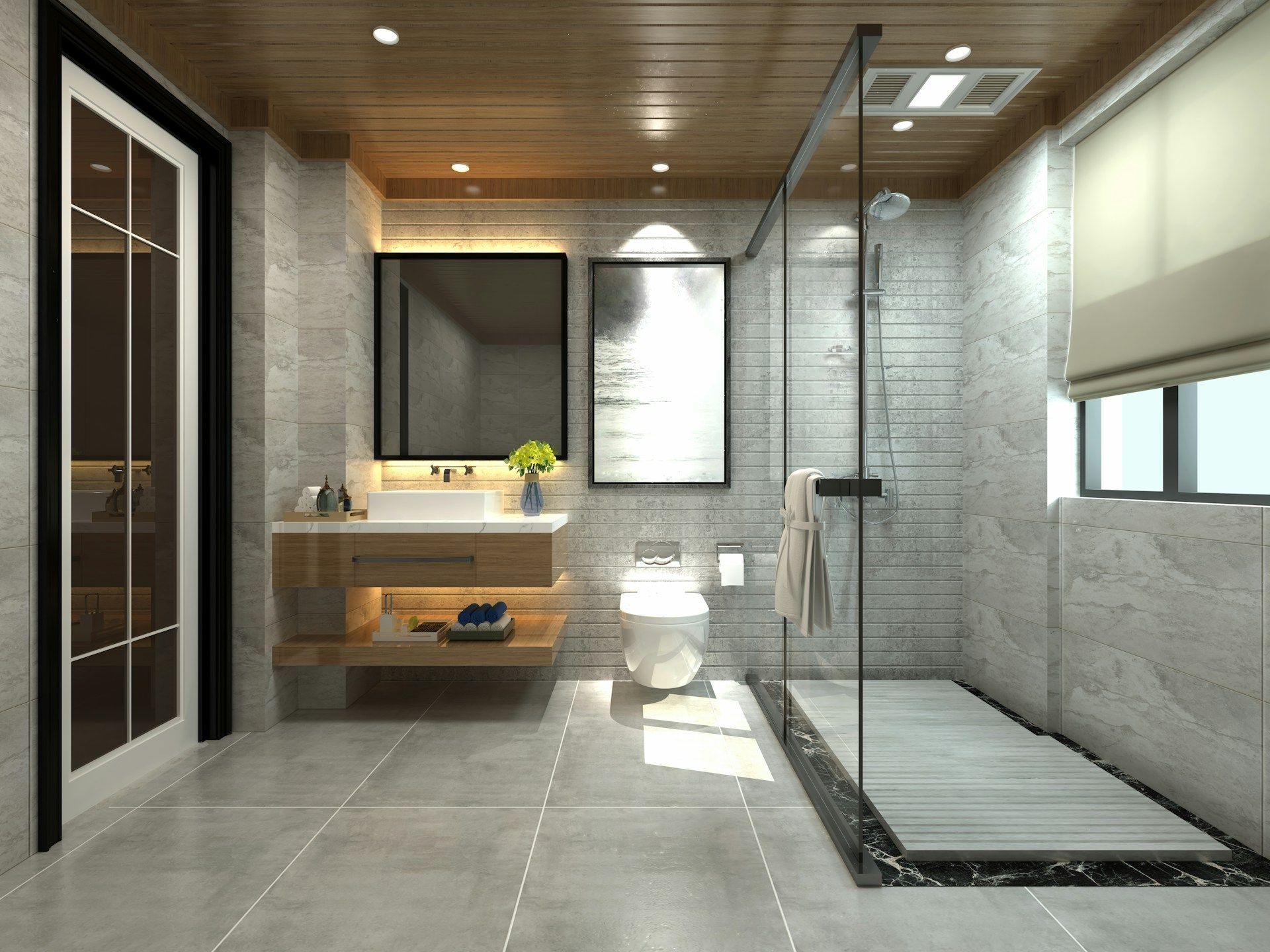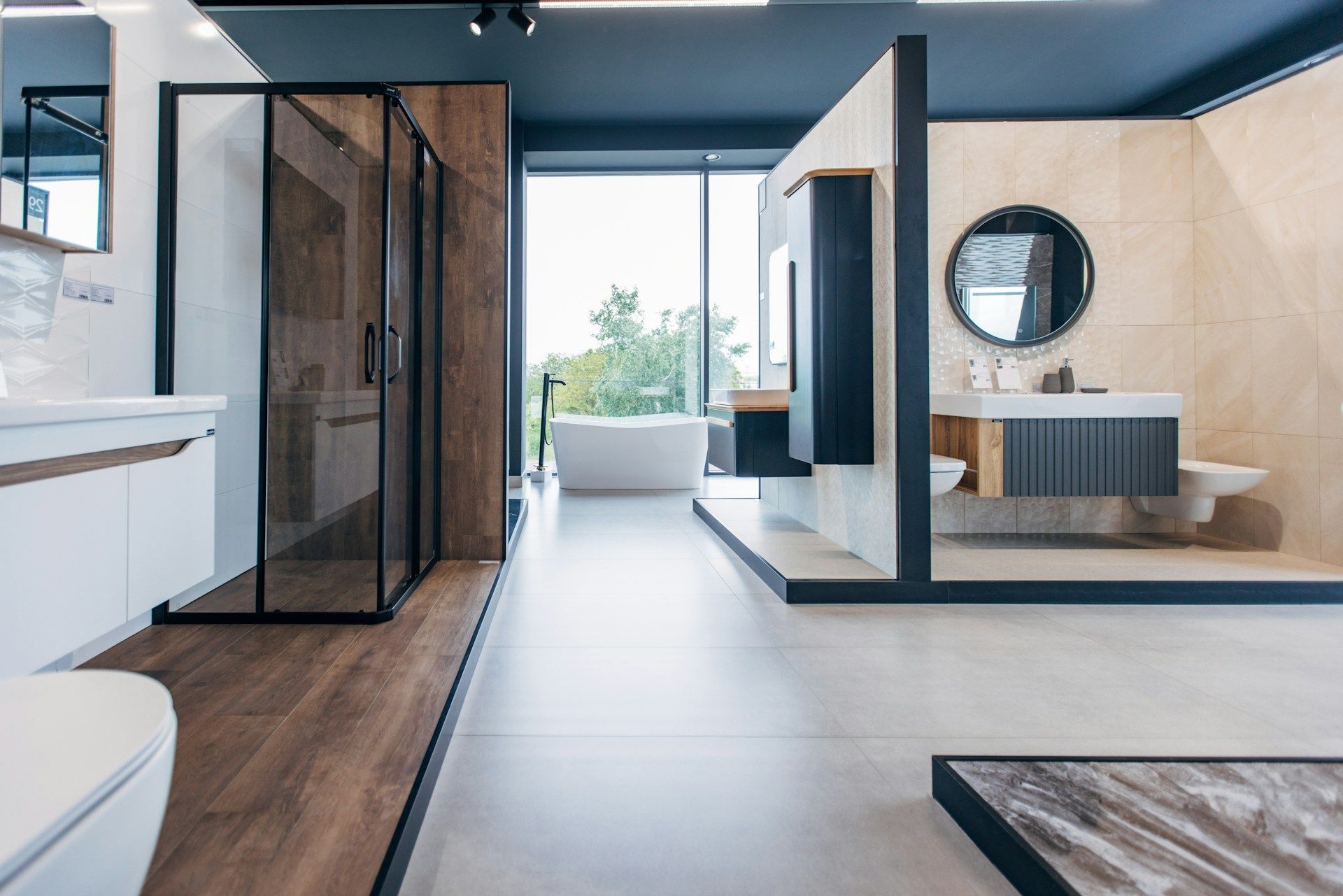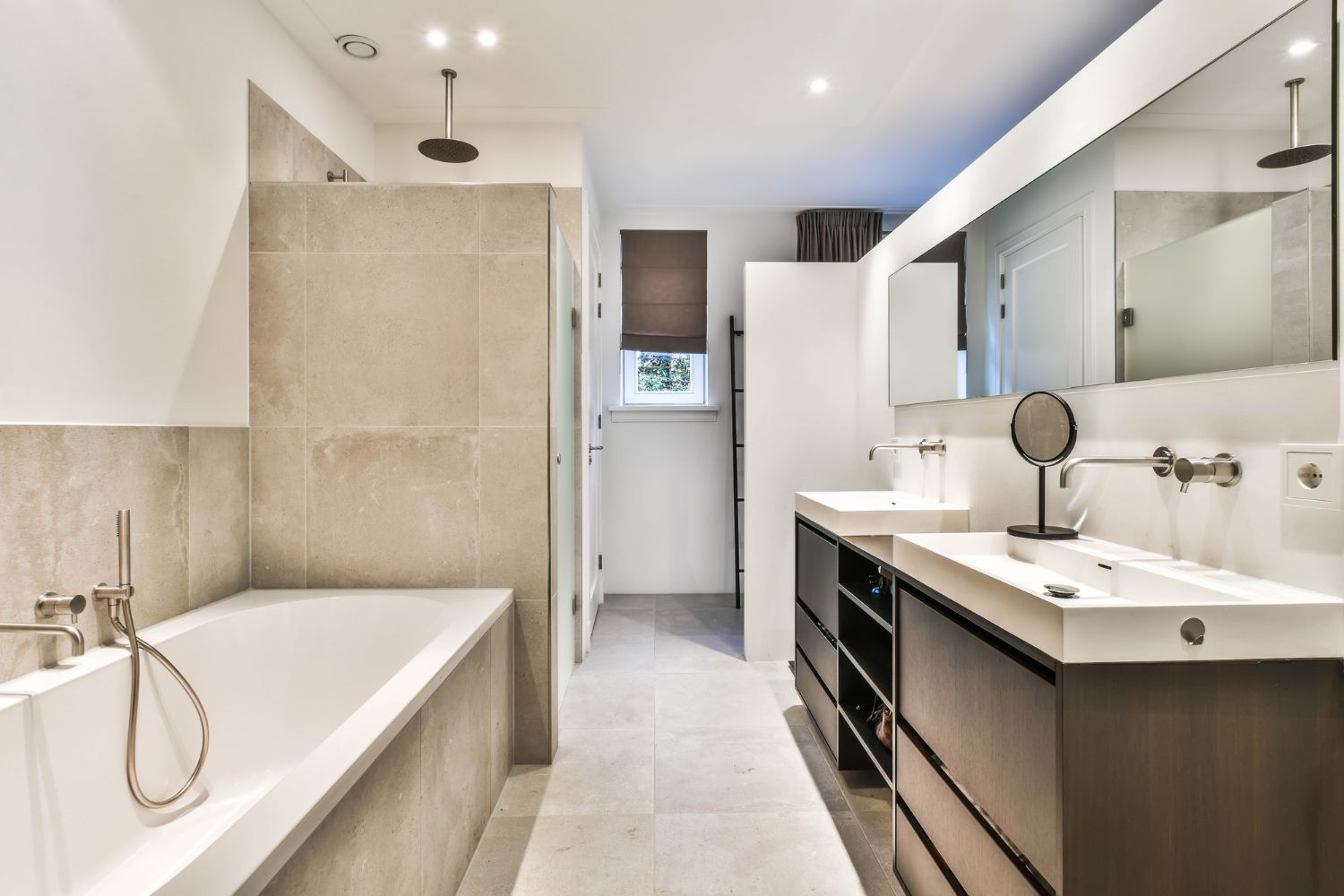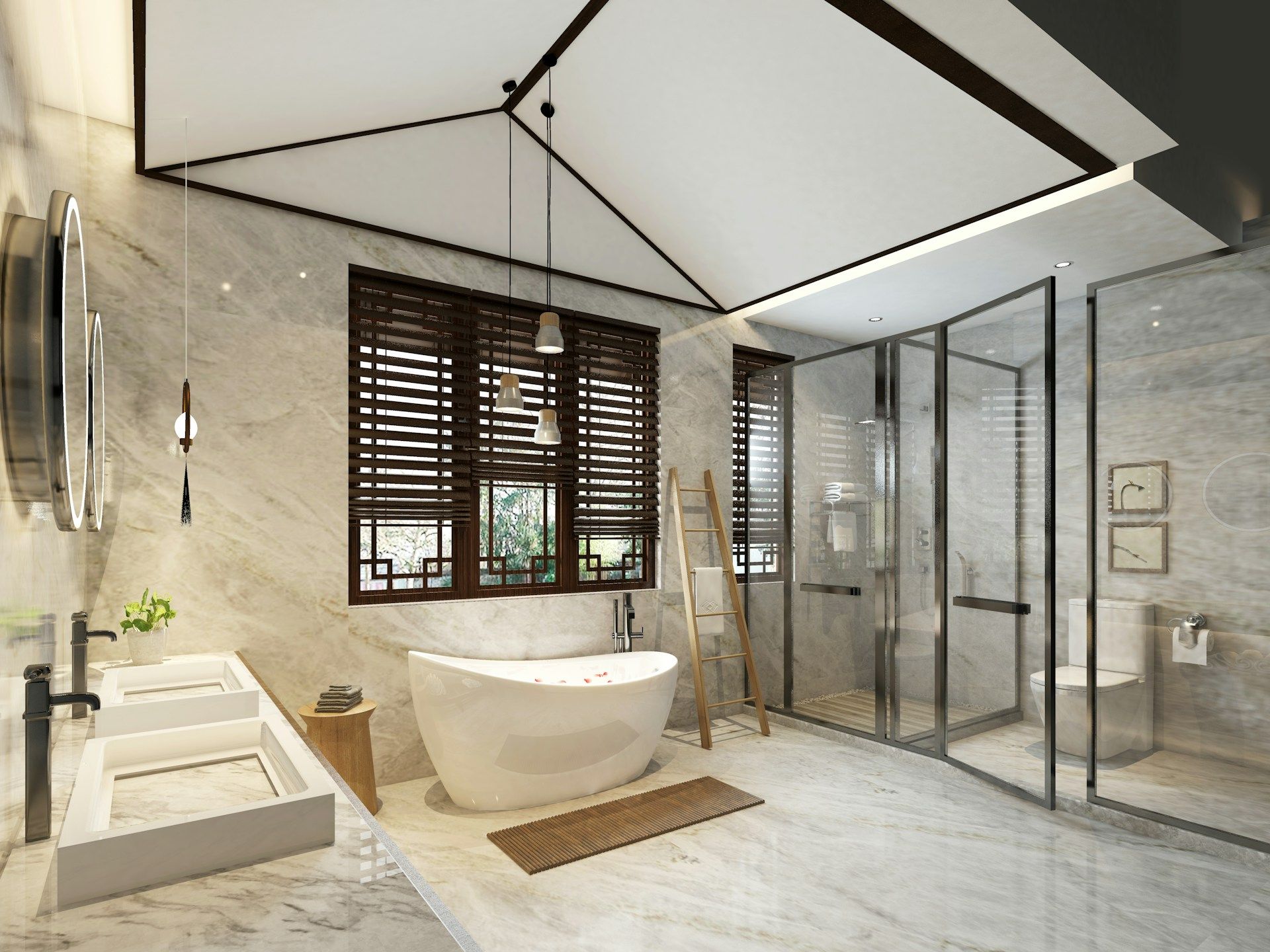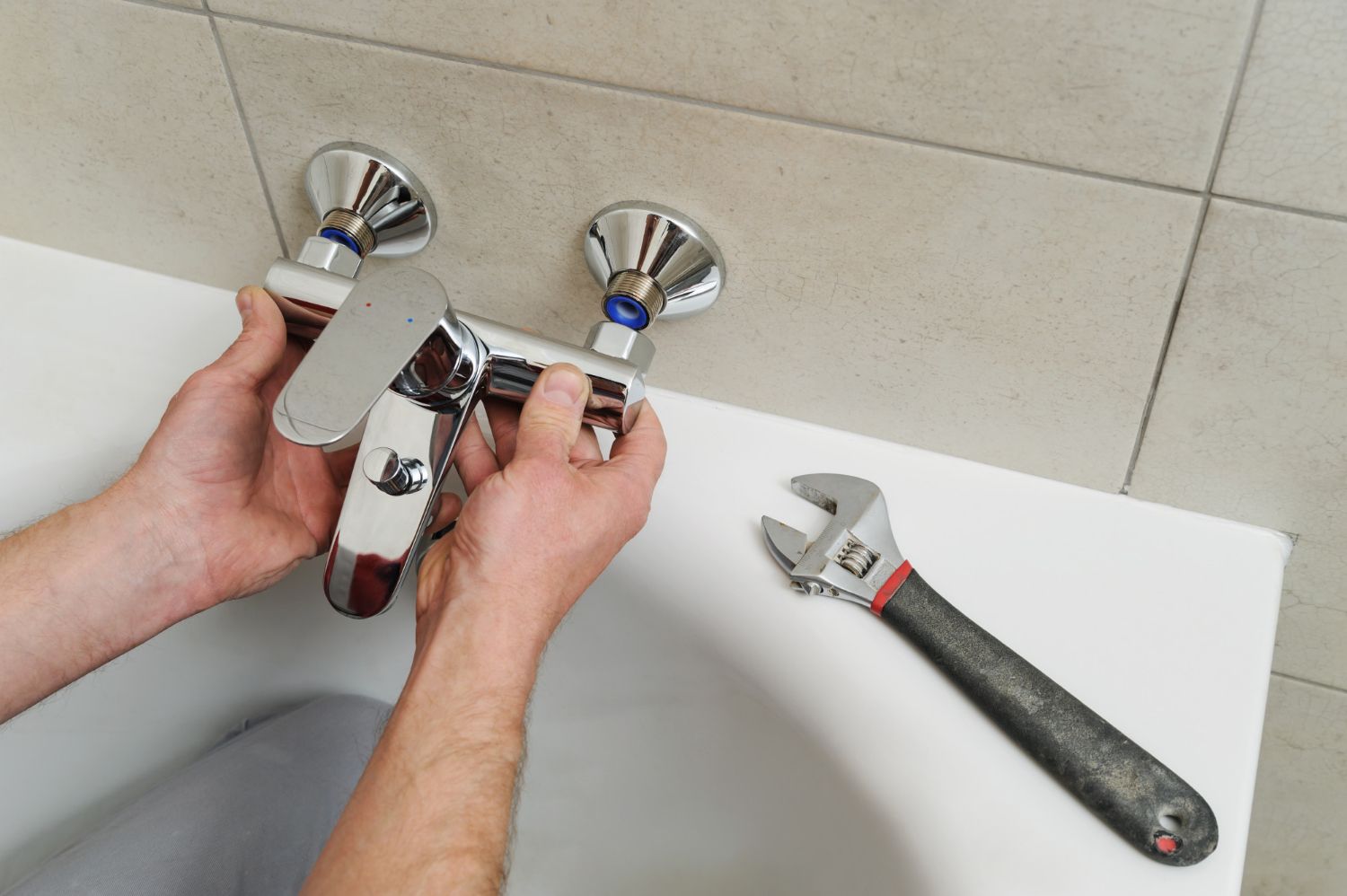Tips to Choose the Perfect Custom Bathroom Tiles for Your Renovation
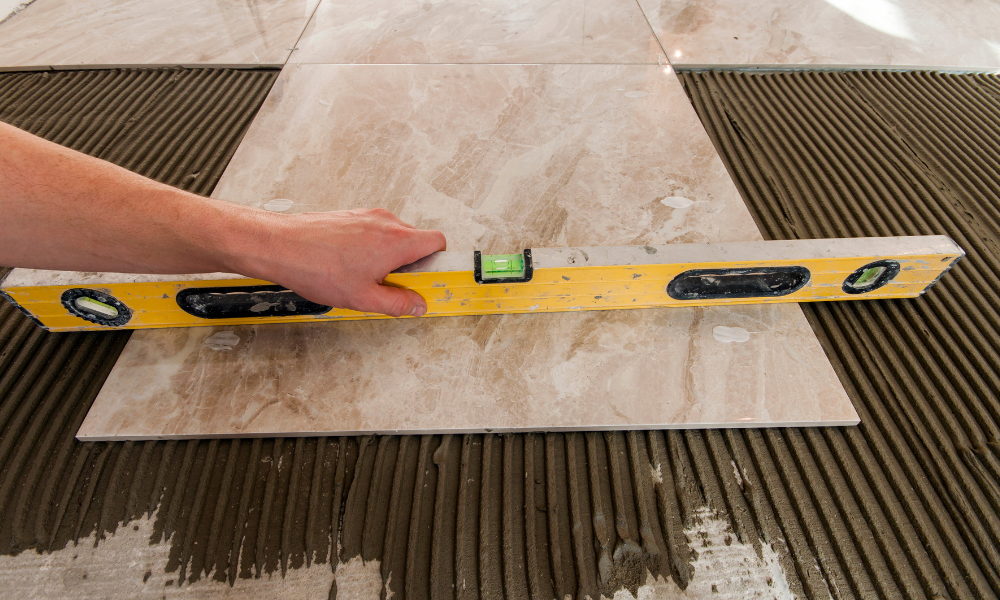
Bathroom renovations are an excellent way to refresh your home and increase its value. Selecting the perfect tiles for your custom bathroom remodel is a crucial step in the design process, as it contributes significantly to the overall appearance and functionality of the space. Your bathroom tiles must not only look good but also be a practical choice, considering factors like durability, ease of cleaning, and resistance to moisture. With countless options available in the market, it might feel overwhelming to decide on the best tile material, design, and style for your bathroom.
In this article, we bring you expert tips to help you narrow down your choices and pick the perfect custom bathroom tiles for your renovation project.
Selecting the Right Material for Your Bathroom Tiles
As mentioned in the introduction, the material of your bathroom tiles significantly contributes to their durability, aesthetics, and maintenance requirements. Here's a closer look at the common tile materials suitable for bathrooms:
- Ceramic Tiles: These affordable and versatile tiles come in various colors, styles, and finishes. Ceramic tiles have good water resistance and can be used on bathroom floors and walls. Their relatively low cost makes them an excellent option for budget-conscious remodels. However, they may be less resistant to breaking or chipping compared to other tile materials.
- Porcelain Tiles: Porcelain tiles are a popular choice for high-end bathroom renovations due to their superior durability and resistance to water, stains, and scratches. They're denser and less porous than ceramic tiles, making them perfect for bathroom settings. While porcelain tiles cost more than ceramic options, they're a worthy investment for maintaining a high-quality bathroom appearance and performance in the long run.
- Natural Stone Tiles: For a luxurious touch to your custom bathroom remodel, natural stone tiles, such as marble, granite, travertine, or slate, might be the perfect option. These premium materials offer a unique and upscale aesthetic due to their natural textures and variety in color and pattern. However, natural stone requires regular sealing and maintenance to preserve its water resistance and stunning appearance.
Choosing the Ideal Tile Size and Shape
Your bathroom's overall size, intended tile placement, and desired visual effects must be taken into account when deciding on the size and shape of your tiles. Here are some pointers to help you decide:
- Smaller Spaces: In compact bathrooms, using larger tiles can create an illusion of space and minimize the appearance of grout lines. However, smaller tiles with more grout lines may offer better slip resistance. Consider using a combination of both large and small tiles or mosaic tiles to create a balance between aesthetics and safety.
- Floors and Walls: Tile size and placement should be harmonious throughout the bathroom. Consider using larger tiles for bathroom floors and walls for a seamless look and smaller or patterned tiles for accent or feature walls to add visual interest.
- Unique Shapes: Experimenting with uniquely shaped tiles like hexagon, arabesque, or herringbone can add a personalized touch to your bathroom design. Keep in mind that these shapes might require a higher level of skill to install and may affect the overall project cost. However, the final result can be a stunning, one-of-a-kind design that truly sets your bathroom apart.
Selecting the Perfect Tile Color and Pattern
The color and pattern of your bathroom tiles can significantly impact the mood and ambiance of the space. Here are a few suggestions to help you choose the right combination:
- Light Colors: Light-colored tiles reflect more light and can make your bathroom feel more spacious and inviting. Using shades of white, beige or gray can help create a bright and airy atmosphere. These neutral colors also offer the flexibility to change your bathroom decor over time without clashing with the tile colors.
- Bold and Vibrant Colors: For those looking to express their unique personality, incorporating bold and vibrant tile colors or patterns can be a great way to add character to the bathroom. Use colorful tiles selectively, such as on feature walls or around the vanity, to create a focal point that stands out.
- Patterns: Patterned tiles can add visual interest without overpowering the space, especially when used in harmony with solid-colored tiles or other design elements. Consider using a mix of geometric patterns, floral designs, or vintage-inspired motifs to create the perfect aesthetic for your custom bathroom.
Tile Maintenance and Care
Investing in bathroom tiles that require minimal maintenance will save you time and effort in the long run. In addition to considering tile material, keep these maintenance tips in mind:
- Sealing: Porous tile materials like natural stone or unglazed ceramic tiles must be regularly sealed to maintain water resistance.
- Cleaning: Tiles with textured surfaces or intricate patterns may require more frequent cleaning to remove dirt and bacteria. Opt for smooth, glazed tiles that are easier to clean and maintain.
- Grout: Choosing a high-quality, mold-resistant grout will ensure the longevity and appearance of your tile installation. Dark-colored grout tends to show less dirt and discoloration over time.
Conclusion
Choosing the perfect custom bathroom tiles for your renovation requires careful consideration of material, size, shape, color, pattern, and maintenance factors. By integrating these aspects into your decision-making, you can create a truly personalized, eye-catching, and functional bathroom space that enhances the value and enjoyment of your home. Don't forget, Bathroom Remodeling Of Maryland, Inc. is always here to help guide you through the process and create the bathroom of your dreams. Contact us today to get started with your dream bathroom renovation!
